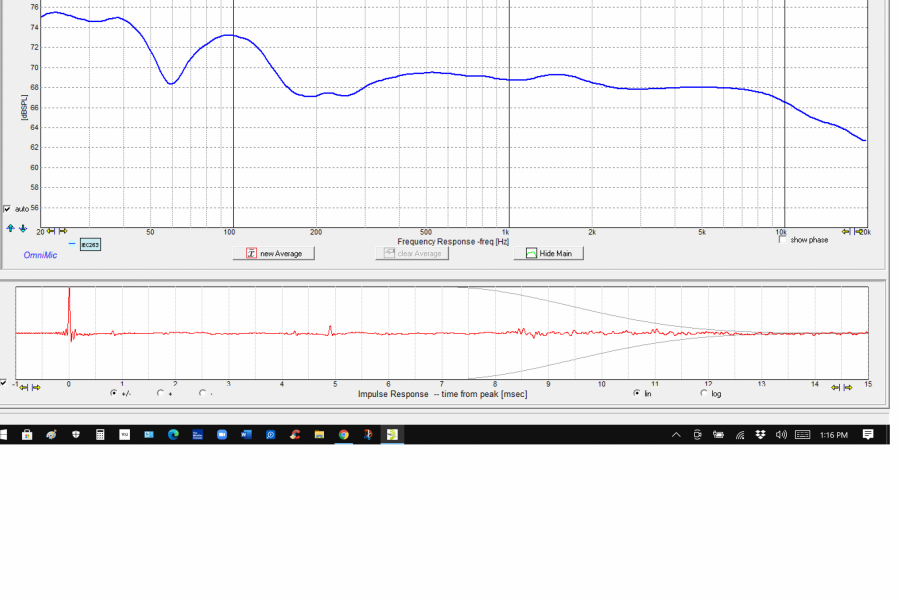My reply to someone who loves the sound of BBC-derived speakers, listens to primarily classical and jazz, but is feeling some urge for "new speakers," perhaps newer models of BBC-derived speakers:
It does not seem to me that you are at all dissatisfied with the sound of BBC-style speakers. I don't know what speakers you currently have, but if you choose to replace them at all, you probably should just look at newer models of BBC-inspired speakers. For example, Harbeth just came out with their XD line, of which the Monitor 40.3 is the new top of the line. And now that the new line is out, the prior versions should be available on the used market for considerably less.
On the other hand, you could just try to "fix" whatever you currently hear as problematic with your current speakers. Several methods include extending the bass by adding the Audiokinesis Swarm subwoofer quartet, electronic equalization, re-positioning the speakers and/or listening position in the room, or different room treatment.
When I moved on from my BBC-style Harbeth M40.2, it was not because of any perceived sonic problems. The M40.2s sounded great in my set up to the very end. But my listening room is very small and the big Harbeths, positioned as they sound best--well out into the room and well away from walls and listened to in the then necessarily quite near field--proved over the long term to be visually dominating/distracting for an open-eyes listener like me. The front panels were at most 55 inches from my ears. I was looking for speakers of equivalent quality which would not be so room dominating. The Gradient 1.4 met that goal. The D&D 8c is even better at this since they are visually smaller yet and since they work best near the wall behind them they make my small room visually quite spacious since I'm listening from about eight feet away from them as opposed to 55 inches.
While I do fancy the D&D 8c speakers as sounding considerably better yet (yes, the love affair continues), that does not mean that you would find them to be so in your room on the music you prefer. You are also correct that with a speaker which puts so many eggs within its cabinet basket, if something breaks, it might well be more difficult to fix things. Active electronics may not have nearly as long a life expectancy as the usual passive speaker components. With the D&D speaker, all the active electronics are in a drawer at the bottom of the cabinet; according to D&D that drawer can be detached and swapped out for a new one; there is no need to ship the entire speaker back for repair. I hope not to have to test this procedure; so far, everything is working just fine.
I think most people are much more reasonable and conservative about speaker replacement than I am. To say that I change speakers like I change socks is an exaggeration, but not nearly so much for me as for 99.999% of other audiophiles. I don't recommend that practice for others. Don't do as I do; do as I say: if it ain't broke, don't try to fix it. If it needs fixing, try the methods I suggest above.






